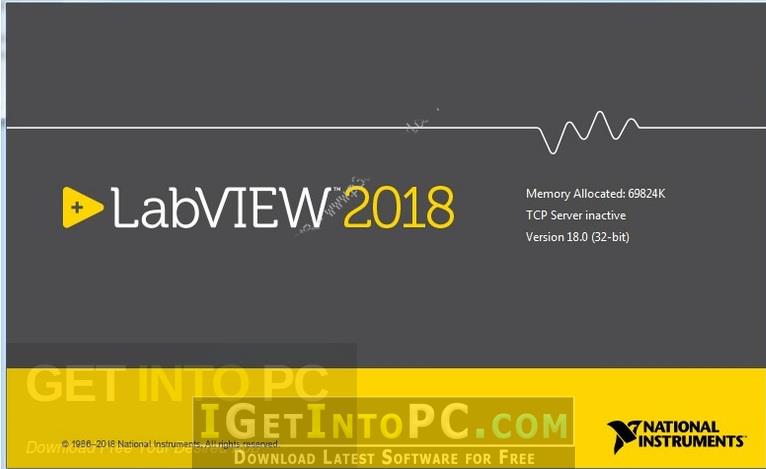

- LABVIEW 2013 SERIAL NUMBER INSTALL
- LABVIEW 2013 SERIAL NUMBER 64 BIT
"C:\Program Files (x86)\National Instruments\Shared\License Manager\Bin\nilmUtil.exe" -family "LabVIEW_ADE_120001" -serialnumber "X#X#" -firstname "Department Of Chemistry" -lastname "chemistry" -organizationname "The Ohio State University" -s ".\patch f2\setup.exe" /qn /AcceptLicenses yes
LABVIEW 2013 SERIAL NUMBER INSTALL
Edit the batch file and add the following lines. Basically this will install Labview 2012 SP1 silently. First make a batch file called “install_labview.cmd” and place this in your “Labview 2012” folder. Many msi commands can be used on Labview’s installer. Labview’s installer is very similar to an msi. Your “Labview 2012” directory should look like this. Make a folder called “patch f2” inside your “Labview 2012” directory. Unzip the Labview 2012 SP1 files into a folder called “Labview 2012”. These will download some archives from NI for you. First run the two executable files that you downloaded from NI. Please obtain Labview 2012 SP1 “f2” patch, which can be found in NI Downloads. Please obtain Labview 2012 with Service pack 1, which can be found in NI Downloads. There is a way to find out your family name from the temporary license file, which I will cover at the end of the post. Labview does not publish the “family” names of its products, or at least I haven’t found any information on their website. To activate silently, you will need to know the “family” name of your Labview product. 
I cannot confirm if this will work without a volume license. I using a volume license (not on a server).
You will need to have valid licenses from National Instruments. LABVIEW 2013 SERIAL NUMBER 64 BIT
This guide will cover installing the 64 bit version of Labview 2012 service pack 1. 
This was quite the task because LabView silent activation is a nightmare to deal with. This will be a short blog post that covers installing and activating LabView 2012 silently.







 0 kommentar(er)
0 kommentar(er)
